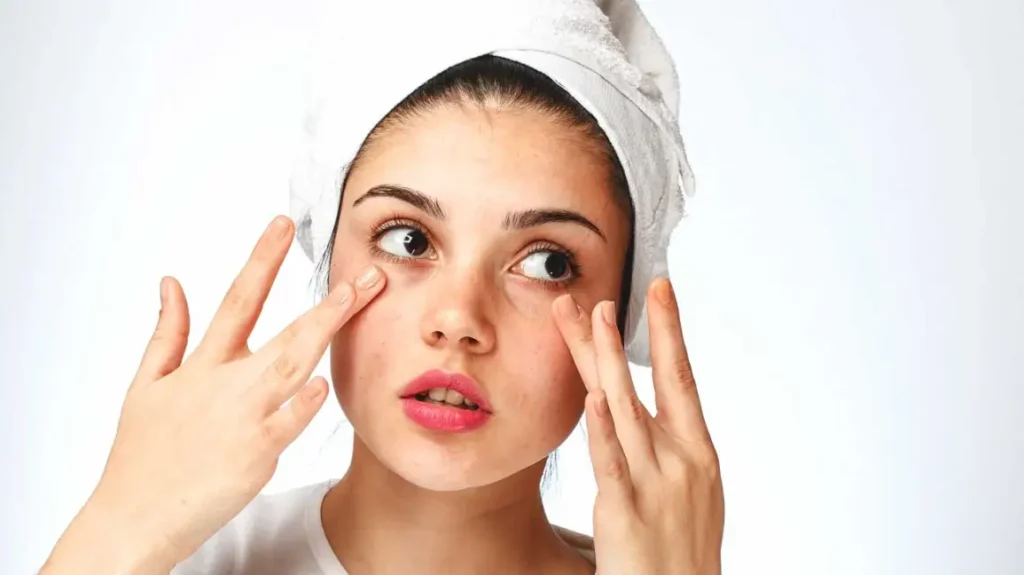
Types of Acne and Hyperpigmentation: Causes, Effects, and Treatments
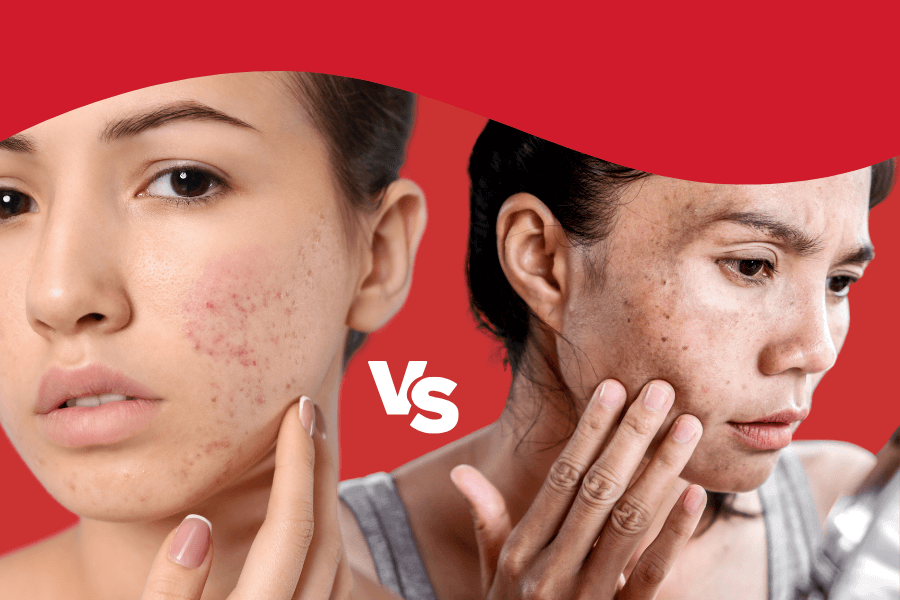
Types of Acne and Hyperpigmentation: Causes, Effects, and Treatments
Clear, healthy skin is often a reflection of overall wellness, but many people struggle with skin concerns like acne and hyperpigmentation. These conditions can affect not only appearance but also self-confidence and mental well-being. Understanding the types of acne and hyperpigmentation, along with their causes, triggers, and treatments, is essential for effective care.
At Midas Wellness Hub in Borivali, we adopt a holistic and functional medicine approach combined with advanced skincare treatments to target both the root cause and visible symptoms. This ensures long-lasting results and healthier skin.
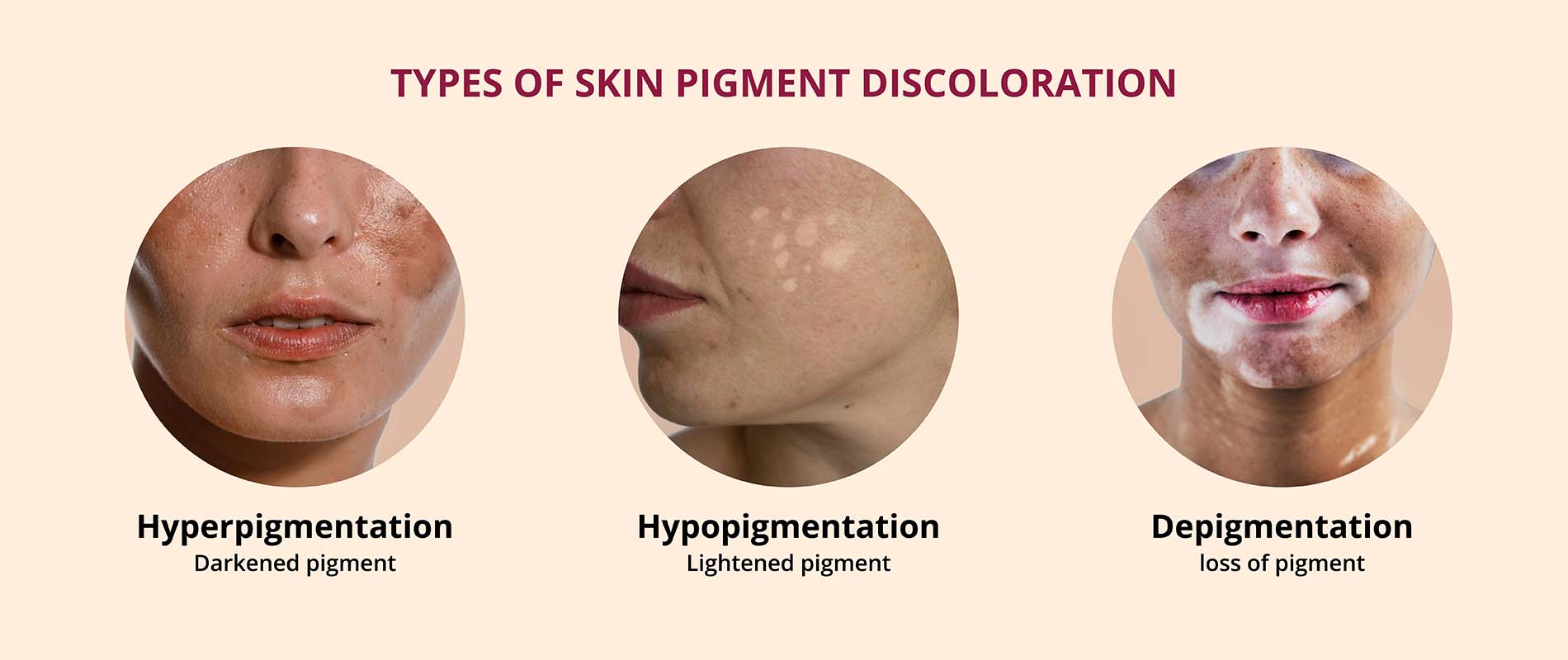
Understanding Acne
Acne is a common skin condition that occurs when hair follicles become clogged with sebum, dead skin cells, and bacteria. It can appear on the face, chest, back, and other areas with oil-producing glands. Acne varies in severity and type, which determines the treatment strategy.
Types of Acne
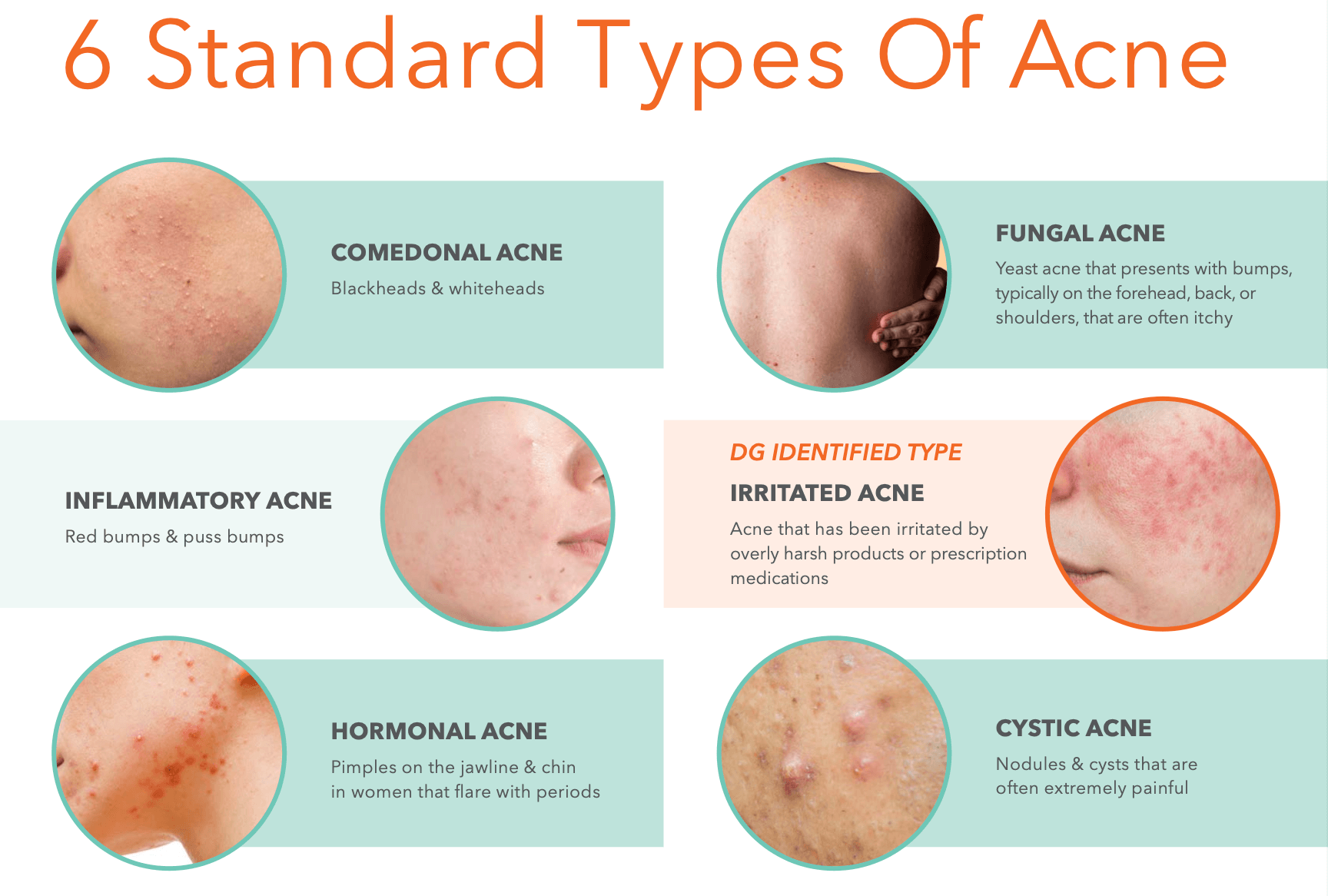
1. Comedonal Acne
Whiteheads: These are closed pores filled with oil and bacteria, appearing as small flesh-colored bumps.
Blackheads: Open pores filled with oil and dead skin cells. The dark color comes from oxidation, not dirt.
Treatment: Gentle exfoliation with alpha-hydroxy acids (AHAs) or beta-hydroxy acids (BHAs) to clear clogged pores.
Professional extraction in controlled clinical settings.
Topical retinoids to normalize skin cell turnover and prevent new comedones.
2. Inflammatory Acne
Papules: Red, tender bumps without pus.
Pustules: Red bumps with white or yellow pus at the center.
Treatment:
Anti-inflammatory topical treatments like benzoyl peroxide or topical antibiotics.
Light-based therapies to reduce bacterial load and inflammation.
Functional medicine approaches to reduce systemic inflammation and hormonal triggers.
3. Nodular Acne
Large, solid, painful lumps under the skin. Often leads to scarring if untreated.
Treatment:
Prescription oral medications (like antibiotics or isotretinoin under medical supervision).
Corticosteroid injections to reduce inflammation.
Laser therapy for nodular acne and scar prevention.
4. Cystic Acne
Deep, painful, pus-filled lumps under the skin. Severe and prone to scarring.
Treatment:
Oral medications such as isotretinoin, prescribed only by dermatologists.
Procedural interventions like drainage under sterile conditions.
Post-treatment skincare to prevent pigmentation and scarring.
5. Acne Mechanica
Triggered by friction, pressure, or heat (common from helmets, tight clothing, or masks).
Treatment:
Reduce friction and apply protective barrier creams.
Gentle cleansing to remove sweat and bacteria.
Topical anti-inflammatory treatments to reduce redness and irritation.
6. Hormonal Acne
Appears due to hormonal fluctuations, usually along the jawline, chin, and cheeks. Common in teenagers, women during menstrual cycles, pregnancy, or individuals with PCOS.
Treatment:
Functional medicine strategies to balance hormones through diet, supplements, and lifestyle adjustments.
Oral contraceptives or anti-androgen medications under medical supervision.
Skincare products with salicylic acid, retinoids, and niacinamide.
Functional Medicine Approach to Acne
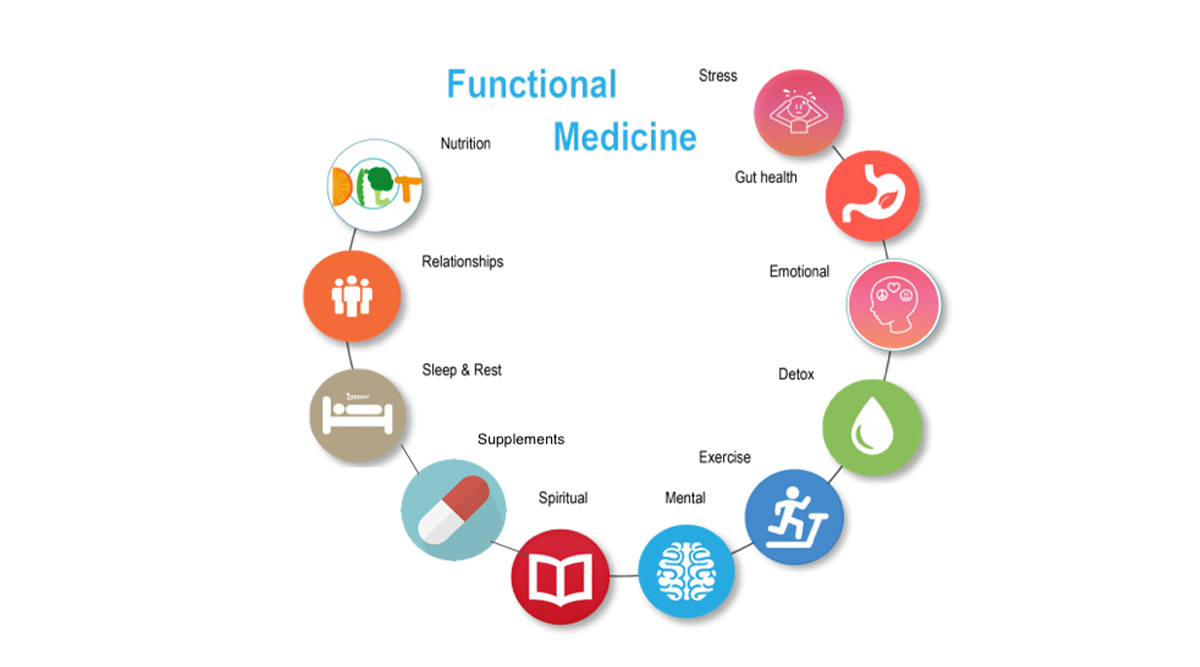
At Midas Wellness Hub, we treat acne holistically by identifying underlying causes rather than only addressing surface symptoms:
1. Hormonal Balance: Hormonal fluctuations often trigger acne. Functional medicine tests hormone levels and addresses imbalances naturally.
2. Gut Health: An unhealthy gut microbiome can lead to systemic inflammation and breakouts. Probiotics, prebiotics, and diet modifications help restore balance.
3. Inflammation Control: Chronic inflammation is a key acne trigger. Anti-inflammatory diets, supplements, and lifestyle adjustments reduce flare-ups.
4. Detoxification and Liver Support: The liver metabolizes hormones and toxins. Supporting liver function aids acne control.
Advanced Acne Treatments at Midas Wellness Hub
- Chemical Peels: Remove dead skin layers, unclog pores, and reduce acne scars.
- Laser Therapy: Targets bacteria and reduces inflammation in deeper layers of skin.
- Microneedling: Helps repair acne scars and stimulates collagen production.
- Professional Facials: Safe extractions and treatments to reduce breakouts without causing PIH (post-inflammatory hyperpigmentation).
Understanding Hyperpigmentation
Hyperpigmentation occurs when certain areas of the skin produce excess melanin, resulting in dark patches. It often develops due to sun exposure, hormonal changes, acne scars, or inflammation.
Types of Hyperpigmentation

1. Post-Inflammatory Hyperpigmentation (PIH)
Dark spots or patches left after acne, eczema, or injuries.
Commonly occurs in people with darker skin tones.
Treatment:
Topical brightening agents like vitamin C, niacinamide, and retinoids.
Chemical peels and microdermabrasion to accelerate pigment removal.
Laser treatments for stubborn spots.
2. Melasma
Symmetrical dark patches, often on the forehead, cheeks, and upper lip.
Triggered by hormonal changes (pregnancy, contraceptives) and sun exposure.
Treatment:
Sun protection with broad-spectrum SPF 50+.
Topical agents like hydroquinone, azelaic acid, and kojic acid.
Laser and light-based therapies for resistant cases.
Hormonal balance through functional medicine for underlying triggers.
3. Sun-Induced Hyperpigmentation
Caused by prolonged UV exposure, includes age spots, sun spots, and freckles.
Treatment:
Consistent sun protection.
Topical antioxidants like vitamin C to repair damage.
Laser treatments and chemical peels to remove pigmentation.
4. Lentigines
Small, darkened patches also called age spots, common with aging and sun exposure.
Treatment:
Laser therapy or IPL (Intense Pulsed Light).
Topical brightening agents for mild cases.
5. Drug-Induced or Post-Treatment Hyperpigmentation
Certain medications or skin treatments can trigger pigmentation.
Treatment:
Identify and stop the causative agent if possible.
Use topical brightening agents and professional treatments to lighten spots.
Functional Medicine Approach to Hyperpigmentation
Hyperpigmentation often reflects internal imbalance rather than just surface skin issues. Functional medicine addresses:
1. Hormonal Imbalance: Conditions like melasma respond well to regulating hormones naturally.
2. Nutrient Deficiencies: Vitamins like B12, C, and E play a role in skin pigmentation.
3. Liver Detox: Excess toxins can manifest as pigmentation. Supporting liver function aids in skin clarity.
4. Inflammation Reduction: Chronic inflammation worsens pigmentation, making anti-inflammatory diets and lifestyle crucial.
Diet and Lifestyle for Healthy Skin
A balanced diet supports both acne and hyperpigmentation management:
- Anti-Inflammatory Foods: Leafy greens, berries, turmeric, and fatty fish reduce systemic inflammation.
- Hydration: Adequate water helps detox and supports skin elasticity.
- Low-Glycemic Diet: Reducing sugar and refined carbs prevents acne flare-ups.
- Healthy Fats: Nuts, seeds, and olive oil improve skin barrier and reduce inflammation.
- Sun Protection: Daily SPF prevents pigmentation and further skin damage.
Advanced Skincare Treatments for Hyperpigmentation
At Midas Wellness Hub, we combine professional treatments with functional medicine:
- Chemical Peels: Remove the outer pigmented layer and stimulate skin renewal.
- Laser Therapy: Targets melanin in deeper layers of the skin, effectively reducing dark spots.
- Microneedling with PRP: Improves pigmentation and overall skin texture.
- Topical Brighteners: Vitamin C, niacinamide, azelaic acid, and retinoids reduce melanin production.
Preventive Measures for Acne and Hyperpigmentation
1. Avoid Picking or Squeezing Acne: Prevents scarring and PIH.
2. Consistent Skincare Routine: Gentle cleansing, moisturizing, and sun protection.
3. Manage Stress: Stress triggers hormonal imbalances that worsen acne and pigmentation.
4. Regular Functional Medicine Check-Ups: Early detection and balance of hormonal or metabolic issues.
5. Sun Protection: Broad-spectrum SPF 50+ daily to prevent pigmentation and premature aging.
Conclusion
Acne and hyperpigmentation are common but complex skin concerns that require personalized, multi-dimensional treatment. Understanding the types of acne and hyperpigmentation allows for precise interventions, whether through functional medicine, diet, lifestyle adjustments, or advanced skincare treatments.
At Midas Wellness Hub, Borivali, we provide:
- Root-cause analysis using functional medicine
- Personalized nutrition and lifestyle plans
- Professional treatments like chemical peels, laser therapy, and microneedling
- Continuous monitoring to prevent recurrence
By addressing both internal imbalances and external skin health, patients can achieve clear, radiant skin with long-lasting results.
Your skin reflects your overall health, treating it holistically ensures not just beauty but wellness from within. Whether struggling with persistent acne, stubborn pigmentation, or hormonal skin issues, Midas Wellness Hub is your partner in reclaiming healthy, glow social media use if you want.

